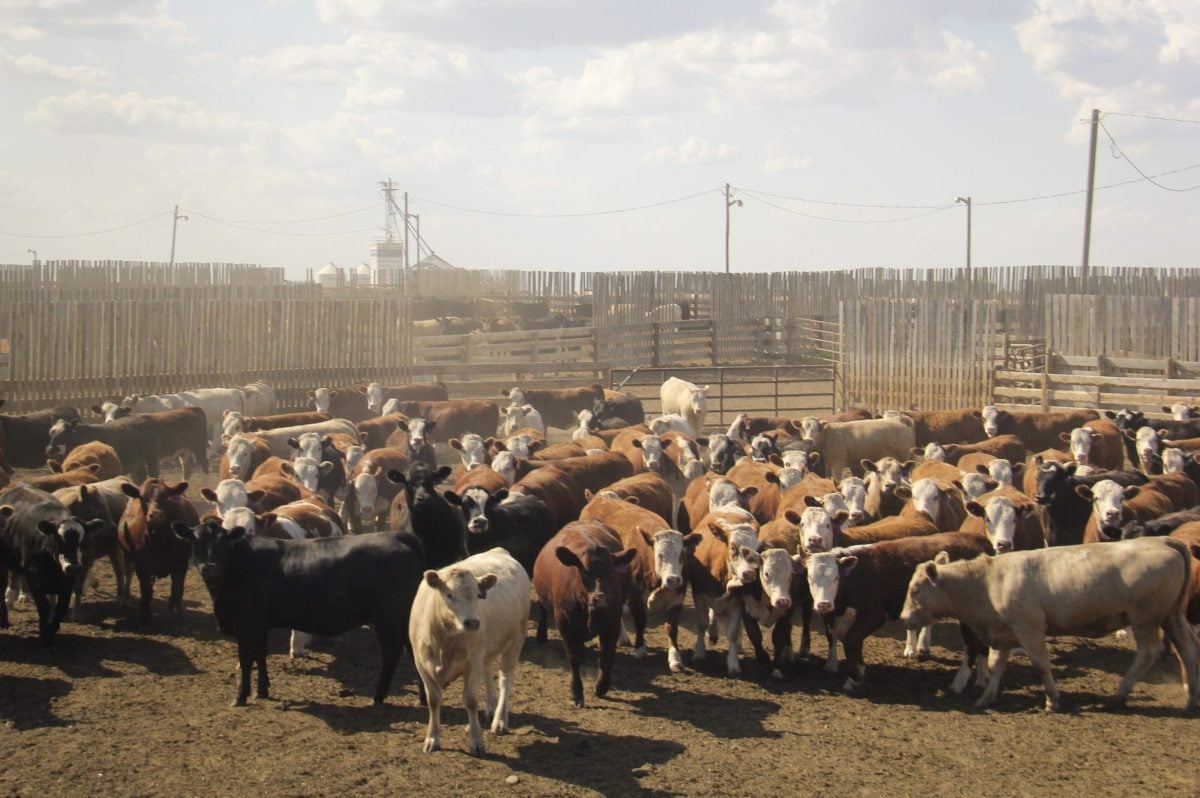WASHINGTON (Reuters) — Ethanol makers are not giving up their fight against a possible relaxation of the U.S. requirement to mix corn-based ethanol into gasoline in 2014, a trade group official said on Monday, with a decision by the Obama administration possibly any day.
“We will continue to interact (with the administration) and underscore the importance of this decision to our industry,” economist Geoff Cooper of the Renewable Fuels Association said during a teleconference.
The petroleum industry, the leading advocate for a lower target, says it will be impossible to meet the biofuels mandate next year at the traditional blend rate of 10 percent.
Read Also

U.S. livestock: Hog futures hit contract highs on shock herd decline
Chicago | Reuters – Lean hog futures stormed to contract highs at the Chicago Mercantile Exchange on Friday as smaller-than-expected…
By law, the mandate has been rising annually since 2009 and is set to hit 14.4 billion gallons in 2014, up from 13.8 billion this year. It is due to peak at 15 billion gallons in 2015 and remain at that point through 2022.
“We don’t see any reason to scale back the conventional biofuel number for next year,” Cooper said.
Many new cars and light trucks in the United States can use fuel with a higher ethanol content, known as E-15, but that blend is not widely available outside of the Corn Belt in the central United States.
Overall U.S. gasoline demand has flattened in recent years, partly due to rising fuel efficiency in new vehicles.
Meanwhile, a think tank at Iowa State University said the biofuels decision “should be of utmost importance” to policymakers in Congress and the Obama administration.
Analysts at Iowa State’s Center for Agricultural and Rural Development argued that if biofuel targets are lowered, it would discourage production of flex-fuel vehicles that can use higher ethanol blends, as well as other, next-generation fuels that do not rely on food crops as their raw materials.
Refiners would pay more for biofuel credits, known as RINS, if the mandate continues to rise than if it is fixed at current levels, said the university analysts.
Refiners can use the credits as a way to satisfy the mandate if they cannot use enough ethanol.
Corn prices, meanwhile, would fall five to six percent — or about 25 cents per bushel — if the ethanol target was set at 13 billion gallons for 2014.
For this year’s record harvest the lower price would reduce the value of the crop by about $2.7 billion. After hitting a record high during last year’s drought, corn prices are forecast to drop by 35 percent for this year’s crop.















